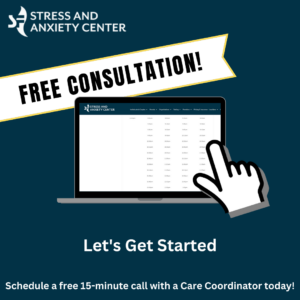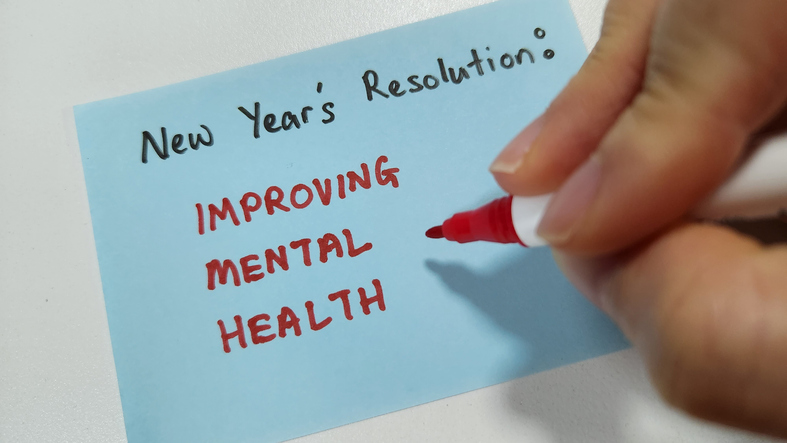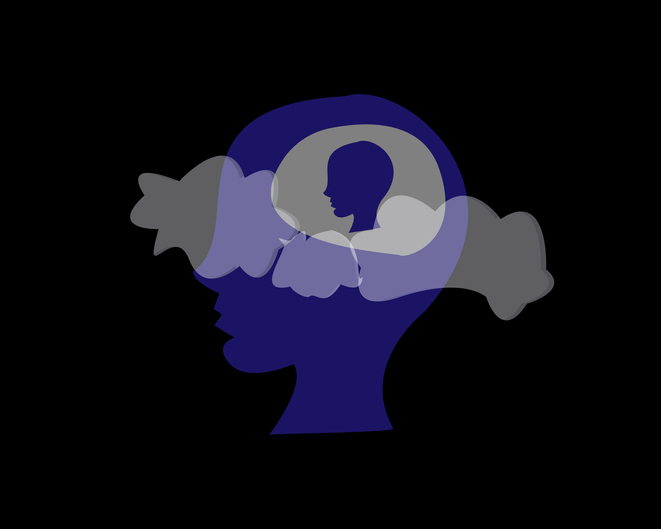Everybody is on social media. It’s muscle memory — when we need a brain break at work or while standing in line, we pick up our phones and open one of the options. As of 2022, almost 5 billion people worldwide were on social media, with average daily use totaling nearly 2.5 hours.
There’s a reason these apps are so popular. It is designed to be addictive. Dopamine is released when you use the apps, and you feel good when others like your posts and react to them. It is possible, however, for the connection between social media and mental health to go sour. Here’s what you need to know and how to keep that from happening.
How does social media affect mental health?
Most people agree that social media has a negative impact on mental health. But why? Let’s dig into how social media affects our perception of the world. Apart from the obvious negativity and bullying that can occur on the internet.
Because social media use is still relatively new, we don’t yet have research exploring its long-term effects. However, multiple studies have linked it to multiple mental health issues such as anxiety, depression, and lower self-esteem.
It can worsen anxiety and depression symptoms
The constant use of social media can worsen anxiety and depression symptoms and increase feelings of loneliness. It has been shown that excessive social media use, coupled with emotional dependence on the platforms, can worsen anxiety and depression symptoms.
However, the problem cuts both ways. Some people use social media to cope with feelings of anxiety or depression, according to researchers. You can get caught up in the vicious cycle of scrolling through social media when you’re bored or anxious without realizing that your actions may make things worse.
It can cause feelings of inadequacy
The emphasis on social media is on interaction, such as likes and comments on photos and videos. It feels great when you post something and get a lot of feedback. As a result, you feel validated for posting in the first place. However, what happens if you don’t get the interaction you’d like with your pictures or videos? If you rely on social media for self-validation, you may feel down when you do not receive the expected recognition.
Social media comparison can lead to low self-esteem. In an age when filters smooth the skin or make the water of a beach selfie a deep and alluring blue, it can seem impossible to keep up with what others are sharing online. In addition, unrealistic body image expectations may lead to what experts call “body surveillance,” the monitoring of one’s body to the point where it becomes judgmental, especially among adolescents.
It can interrupt your sleep cycle
According to studies, 70% of people reported getting on social media in bed before falling asleep, and 15% spent an hour or more a night on their phones. Checking your feed before you go to sleep is a common nighttime ritual for most people.
What if we told you that it shouldn’t be? According to the same study, people who check their social media in bed are more likely to suffer from insomnia. The use of social media before bed can delay your bedtime and cause you to sleep less, and the sleep you do get won’t be of good quality.
In addition, there is the blue light your phone emits, which interferes with your circadian rhythm. Aside from that, social media stimulates the mind and body. If you want to sleep better, put your phone away.
Warning signs your online habits are unhealthy
It is possible to become dependent on social media, which can also lead to negative consequences. Consider these warning signs when determining whether social media is affecting your mental health.
- You leave no time for self-care.
- You spend more time on social media than you do with friends or family.
- Your symptoms of depression or anxiety spike.
- You often compare yourself to others and feel jealous of what they are posting.
- You are distracted from school or work.
- You have trouble falling asleep.
- You feel like you need to check social media every few hours.
Here’s how to protect your mental health from social media
It’s not a bad thing to use social media. And you can use it in a healthy way to enrich your life. Maintain a healthy balance between social media use and mental health by following these tips.
- Decrease your time on social media: According to studies limiting social media use to 30 minutes can improve your well-being. Be deliberate about how much you log on to social media if you think it negatively impacts your mental health. Set a screen time limit or create a schedule for checking social media. It’s not necessary to quit cold turkey. It is important to be realistic about what you want from social media and what it will take to get there.
- Don’t start or end your day with social media: Timing is important. Start or end your day on an enjoyable note instead of a potentially negative one. Researchers have found that those checking Facebook at night were likelier to feel unhappy or depressed.
- Use that time for something else: Social media can be useful. However, logging on just to scroll through your downtime can cause problems. Think about why you’re logging on. You can then shift your focus from social media to other activities — like exercising or taking up a new hobby.
- Spend time with friends and family: Although social media platforms can be a place of connection, they can also cause loneliness if you’re not getting what you expect. Face-to-face contact and quality time cannot be replaced by social media. Spending time with family and friends can help combat this problem.
Takeaways
Despite its downsides, social media isn’t all bad. It can be a way to connect meaningfully and keep up with others. It can also be an outlet for self-expression and creativity. There can be good things about social media. Make sure you are intentional about how and why you use your platforms. Consider why you are scrolling when you grab your phone and poke that all-too-familiar Instagram camera. Are you putting off activities you should be doing, such as taking a walk or fulfilling obligations? Being mindful of how much and for what reasons you use social media can positively impact your mental health.
Are you struggling with the impact of social media on your mental health? Don’t face it alone. Visit sfstress.com to get professional support and guidance tailored to your needs. Start your journey to a healthier, more balanced life today!











